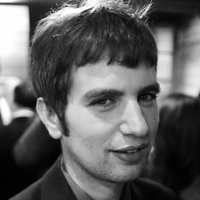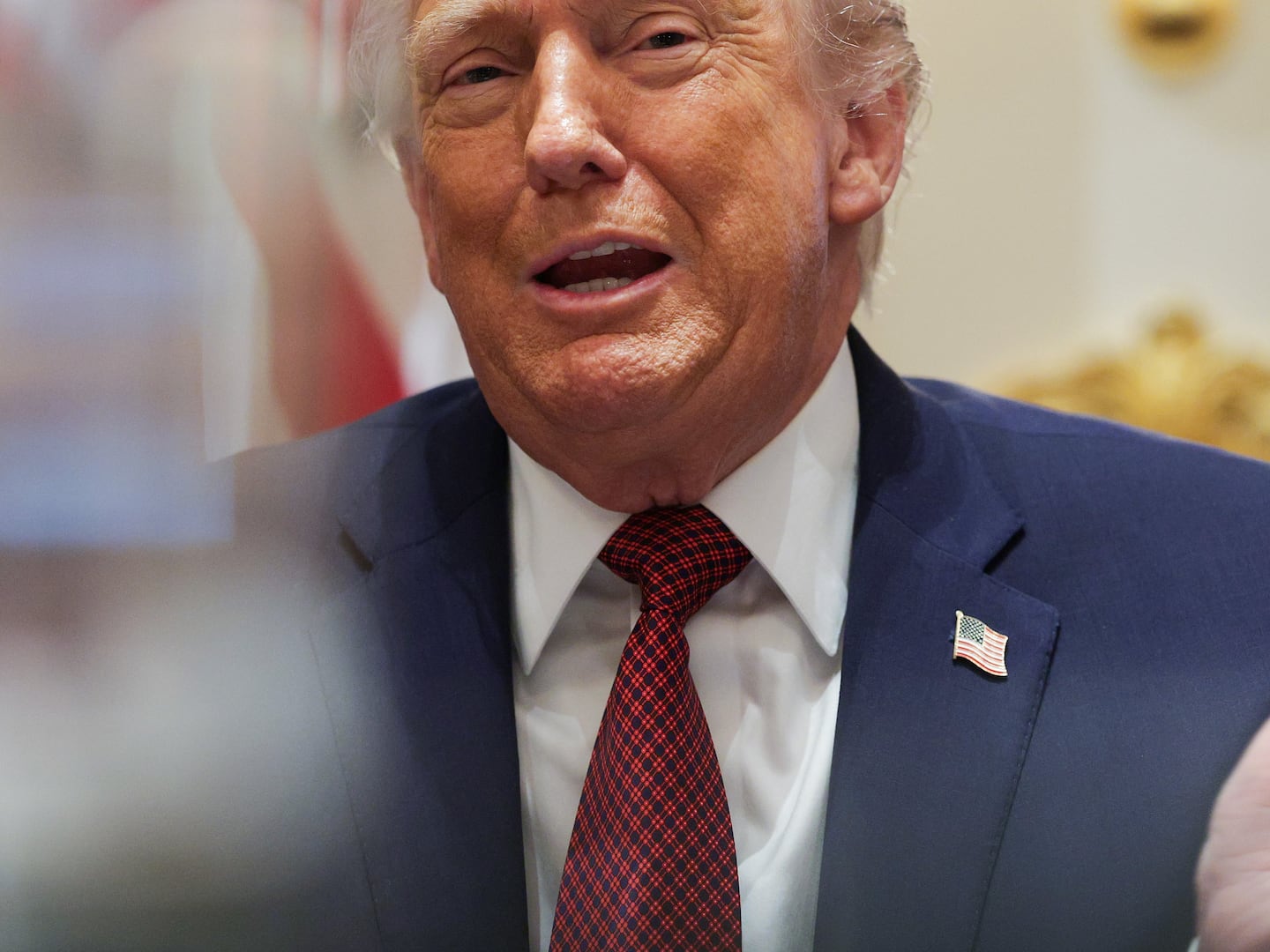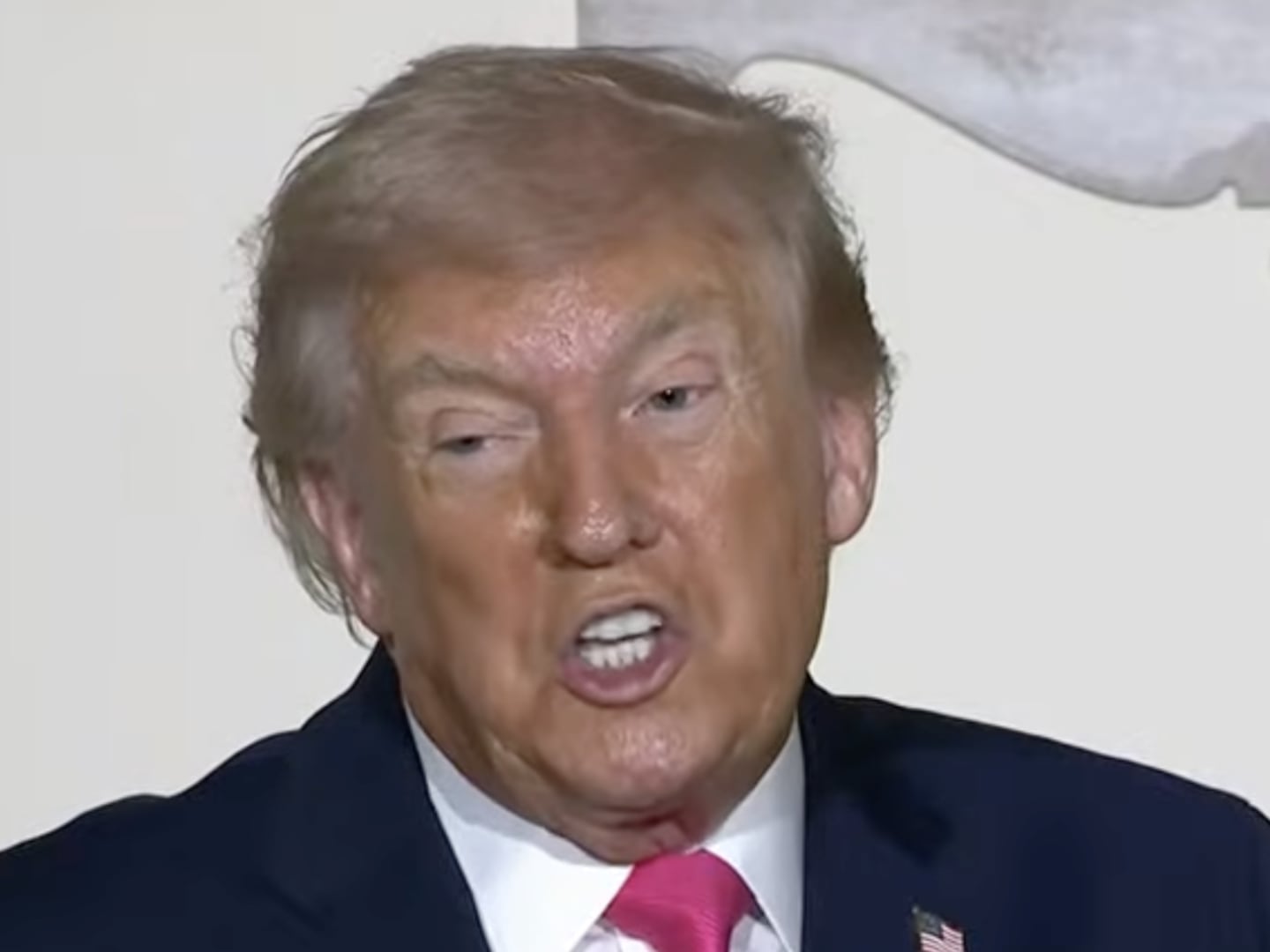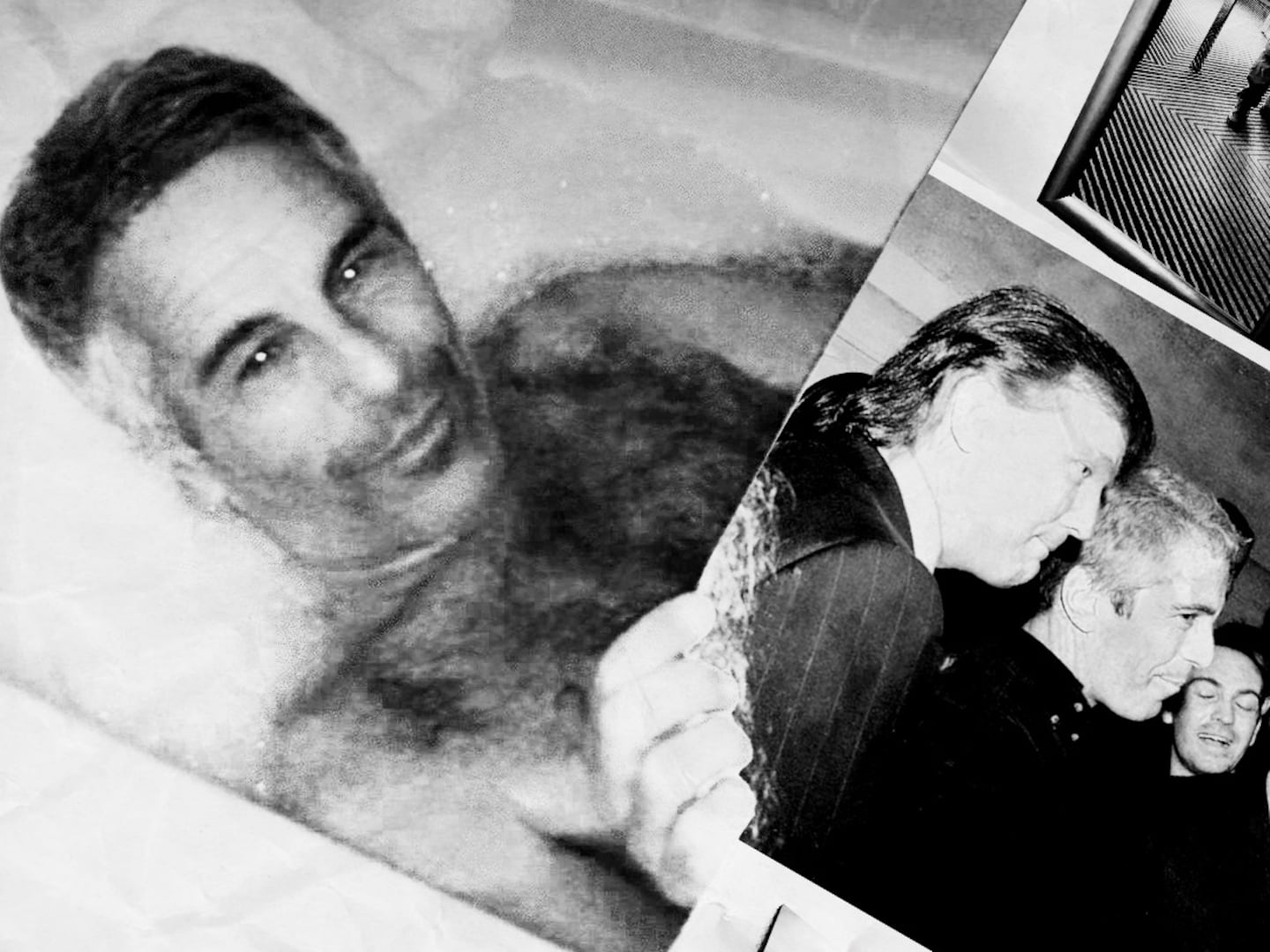On the evening of December 31, 2013, Huan Kuang and her two young children were crossing the street in San Francisco’s Tenderloin District when a Honda SUV made a careening right turn and ran them over in the intersection. Ms. Kuang suffered multiple injuries, including a skull fracture, and two and a half months later she still has trouble walking. The skin on one side of five-year-old Anthony Liu’s face was scraped off, which will leave permanent scarring. Six-year-old Sofia Liu sustained severe trauma from the impact and died hours later in the hospital. Ms. Kuang and her husband, Ang Liu, are recent Chinese immigrants and unemployed restaurant workers with no means to pay their significant hospital bills.

Accidents of this sort are a terribly common occurrence. Cars kill on average 12 pedestrians every day in the U.S., and in 2013, Sofia Liu was one of 21 people fatally struck by vehicles in San Francisco. She was also the second person killed by a car in one of the city's crosswalks that very day.
The tragic death of Sofia Liu, and the maiming of her brother and mother, has drawn national media attention because at the time of the crash the driver of the vehicle, Syed Muzzafar, was working for Uber, a company that’s made ordering a car service so convenient that it’s upending the taxi business in cities around the world. On January 27, the Kuang-Liu family sued Uber in San Francisco Superior Court for damages related to the accident.
There’s no doubt that Uber should be held responsible for the deadly actions of its driver. (More on the lawsuit in a moment.) But members of San Francisco’s taxi cartel are trying to turn this tragedy into a broader indictment of the company and its business model. Outflanked by companies like Uber, they’re resorting to the timeworn tactic of seizing on an isolated incident to persuade the government to enact new rules that would cripple their competition.
Cabbies in other cities are resorting to similar tactics. On Thursday, a group of taxi drivers sued the city of Chicago in federal court for not clamping down on “Unlawful Transportation Providers.” You have to hand it to the group’s lawyer, Michael Shakman, for maintaining a straight face when telling the press that the lawsuit is really about “whether low-income areas and people with disabilities are going to be left without taxi service.”
First, some background on the taxi business. San Francisco, like many cities, grants exclusive permits to operate cabs that are called “medallions," which hold tremendous value. (In New York City, a taxi medallion fetches over $1 million.) This system has had the unintended consequence of turning cab operators into a mobilized interest group out to protect both their oligopoly and the resale value of these precious licenses. San Francisco's drivers fought for years to limit the supply of medallions, which is why it’s often impossible to hail a cab there.
Enter high-tech car services Uber, Sidecar, and Lyft. These companies don’t place any artificial restrictions on the supply of their cars and they’ve made it easy to book a ride using a mobile phone—often at a lower price than a traditional taxi would charge. They’ve been so popular that the city’s cab industry is starting to “crumble,” according to a recent story in the San Francisco Chronicle. Old guard cab companies are now struggling to find enough drivers to utilize their medallions, since most new cabbies would rather go work for one of the new car services instead. In Chicago, where a similar dynamic is playing out, the cab industry protests that the city’s allowing its precious medallions, worth an estimated $2.38 billion, to drain in value.
At the time of Kuang-Liu accident, Mr. Muzzafar, an unemployed IT specialist, was working for UberX, a branch of the company that allows anyone (after they’ve passed a background check) to use their personal automobiles as cars for hire. UberX drivers can give their kids a lift to school, run errands, and then as soon as they’re ready to start working flip on their Uber portals and book fares in the very same vehicle. This “ridesharing” model—also used by Sidecar and Lyft—likely represents the future of the taxi business because it allows pretty much anyone to become a driver, which translates into lower fares for customers.
Ridesharing, however, requires flexibility in insurance coverage, which is at the center of the dispute over who’s responsible for compensating the Kuang-Liu family. Individual policies don’t cover commercial activities like operating a cab, so if a ridesharing driver gets into an accident while on duty, the insurance company has grounds to deny the claim. The California Public Utilities Commission (CPUC), which regulates ride sharing services in the Golden State, came up with a simple solution to this problem: It requires ridesharing platforms to provide their drivers with occasional commercial insurance that has liability coverage of at least $1 million. When ridesharing drivers turn their personal vehicles into taxis, their individual policies are placed on hold and their commercial policies kick in.
The Kuang-Liu lawsuit partially hinges on when the insurance switch takes place, and the CPUC’s regulations are regrettably vague on this point. Mr. Liu and Ms. Kuang maintain that Mr. Muzzafar was working for Uber at the time of the accident because he was logged into the company’s system and he had driven into San Francisco that evening specifically to pick up fares. Uber claims that because Mr. Muzzafar didn’t have a passenger in his car and wasn’t on route to pick up a fare, he wasn’t working for the firm at the moment of the crash. So the company and its insurance policy bear no liability for what happened.
Uber’s position is untenable. The moment Mr. Muzzafar logged into the company’s system and made himself available for service, he was working for Uber regardless of whether he had successfully booked a passenger. Part of doing business as a cabbie is trolling the streets for fares. Uber should be held liable for his actions, just as any firm is responsible for what its employees do on the job. The CPUC needs to clarify its regulations, but this case in no way implies that ridesharing can’t function with clear parameters on liability.
And that’s exactly what Uber’s opponents are claiming. “[We] would like to express our deep condolences to the Liu family,” wrote the San Francisco Cab Drivers Association (SFCDA) on its website. “We sincerely regret that it takes a tragic accident such as this to demonstrate the shortcomings of the recent decision by the California Public Utilities Commission (CPUC) allowing an unlimited number of insufficiently insured vehicles to provide unlicensed taxi service.” Representatives from the SFCDA recently traveled to Sacramento in an effort to convince California lawmakers that drivers like Mr. Muzzafar should be required to maintain commercial policies around the clock, which would cost in the neighborhood of $8,000, according to a report in the Chronicle. This would ruin the ridesharing business model for many drivers to the benefit of the traditional taxi industry. (SFCDA President Barry Korengold didn’t respond to my request for an interview.)
In Seattle, traditional cabbies are also using Liu’s death in a campaign to convince the city council to require ridesharing drivers to purchase around-the-clock commercial coverage. At a heated public hearing late last month, the Kuang-Liu lawsuit was cited repeatedly as justification for such a policy. One taxi driver who testified was more candid about his motivations: “You guys need to take them off the street because they are taking our business, and we are fully regulated here.” The Seattle council, which is also considering capping the number of ridesharing vehicles permitted on the road, will release draft rules on February 14.
Ultimately, it may be up to customers to save the ride sharing business. Past attempts to loosen the grip of taxi cartels have been thwarted by the industry. Now that so many San Franciscans have experienced the convenience of ridesharing, it’s hard to imagine them tolerating a return to the bad old days of standing out in the rain when bars close with no easy way home.
In the meantime, Uber should reverse its position and fully compensate members of the Kuang-Liu family for the horrors they’ve endured. That would help demonstrate that ridesharing and clearly delineated liability are fully compatible.






